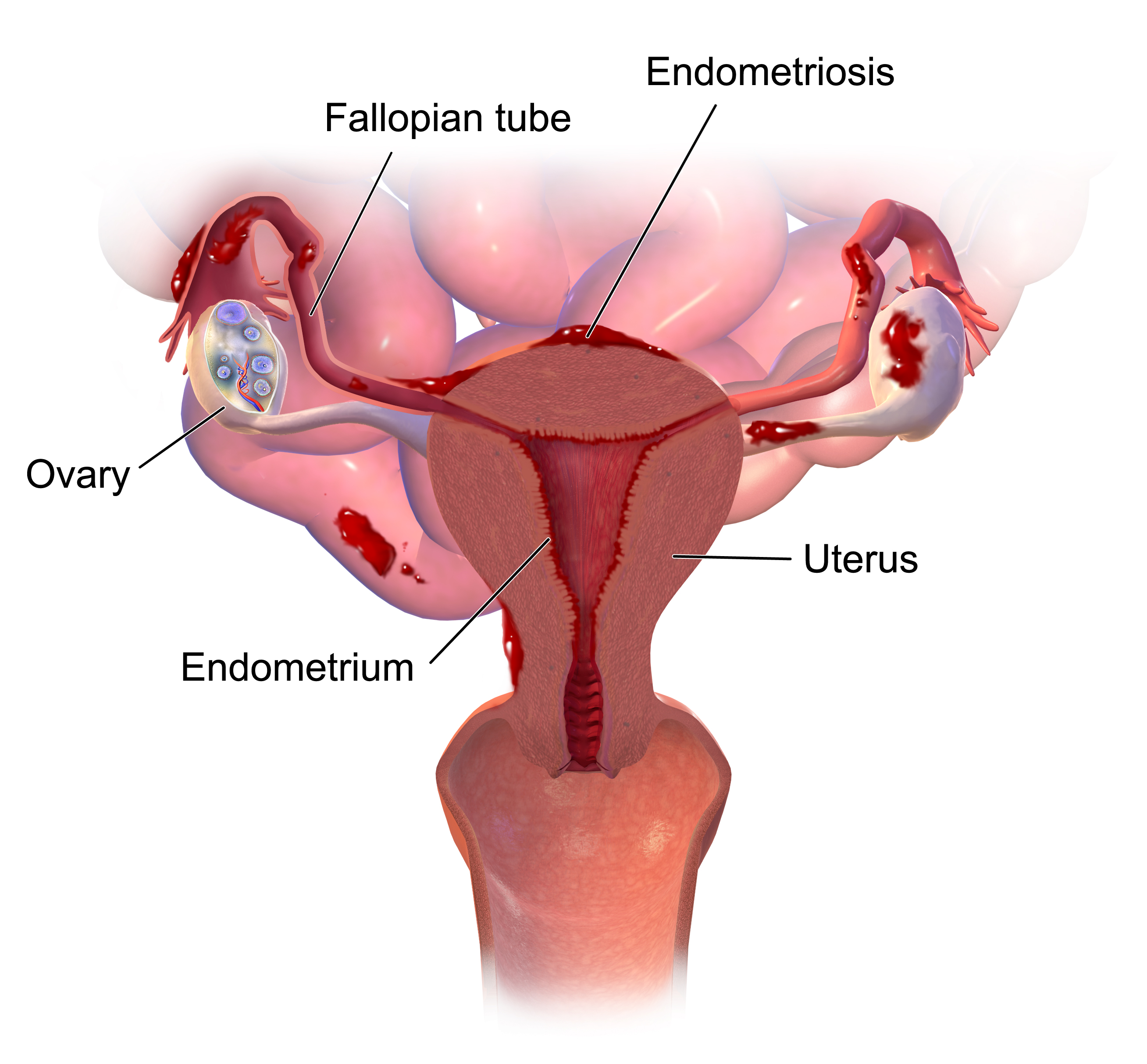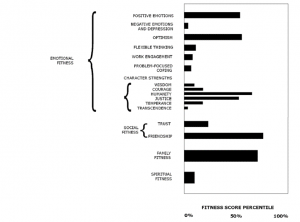Catherine opened the door with a sigh and let her bags drop to the floor after her long day at work. With little effort, she kicked her shoes off and walked over to the couch, sinking into the soft cushions. Her head pounded from the stress of work, she could not stop the thoughts spinning around inside her mind. She wanted them to stop, she wanted peace. From under the couch she pulled out a small case. With a little preparation, and a small sting of a needle, the overwhelming calmness she craved washed over her, numbing her mind. She knew she would later regret giving in again but for now she let go.
Catherine suffers from a condition most people recognize as addiction, but what she and many others do not understand is that addiction goes far beyond social and behavioral habits or practices.
Addiction is a far more complicated and impactful problem than many people understand. In the United States in 2017, addiction affected 19.7 million Americans above the age of 11. Furthermore, drug abuse annually costs the United States more than $740 billion dollars through healthcare, crime, and decreased work productivity. The scale of addiction’s impact to the individual and society pushes us to dive deeper into how addiction forms, what it does to the human body, and what the future may hold for possible treatments.
How Drugs Impact the Body
Drugs such as cocaine, heroin, marijuana, and alcohol can have dramatic effects on the human body such as how someone feels, acts, thinks, and experiences the world around them. These drugs interact with the body through receptors on the outer portions of or within the cells of the body. Most interactions occur in the brain, where neurons (a type of cell in the brain) can hold specific types of receptors that fit certain drugs. By being able to fit into these receptors, drugs can initiate pathways in the brain causing changes in the person’s behavior or state of being.
In their article “Addiction and the Brain,” Helen Buckland and Susanna Cunningham approach the idea of how drugs are able to interact with the human body through the lens of the Endocannabinoid System, the system in the body that aids in the upkeep of stable bodily functions such as blood pressure and body temperature. By focusing on the interactions of the drug THC (the primary compound in marijuana) and the brain, they are able to comprehend why drugs are able to impact the body in such significant ways.
Buckland and Cunningham discuss THC’s effects on the body through two recent discoveries: two receptors in the brain that can bind THC (CB1R and CB2R) and two endogenous cannabinoids (AEA and 2-AG). Endogenous cannabinoids are naturally produced molecules that are similar in structure to THC. The receptor sites are structures in the cells of the brain that THC and other molecules bind to in order to send a variety of signals throughout the nervous system.
By naturally creating similar molecules to THC, the body already has receptors that can fit the drug, allowing it to have a larger impact. Through observing how the brain and other systems interact with THC compared to the naturally occurring cannabinoids, Buckland and Cunningham make the important observation that drugs, which resemble naturally occurring molecules in the body, are more likely to result in the development of addiction because of the ease at which they interact with the brain.
Why Drugs Are Addictive
Drugs are able to interact with the body through receptors in the brain and nervous system but how does the next step, addiction, truly develop? The complicated process of addiction primarily revolves around the brain’s reward system, which is made up of various segments of the brain that control the desire and craving for a certain reward, associative learning, and positive emotions.
According to an article by Steven Hyman and Robert Malenka, this reward system developed in humans as a way to stimulate and develop habitual actions that support survival such as eating and reproducing. When someone learns a task for the first time or continuously engages in an action, the brain’s rewards system is actively evaluating the positive, neutral, or negative results of that action.
If the brain perceives a positive outcome, the brain’s reward system releases dopamine (a molecule in the brain associated with pleasure) and other molecules into the brain to stimulate the development of a new habit revolving around the recent action. Therefore, the brain’s reward system is crucial in the process of learning. Drugs can influence this system by impacting the activity of dopamine and of other molecules within the brain.
By interacting with receptors in the brain, drugs can act like naturally occurring molecules and cause certain pathways to become active, such as the release of dopamine into the brain reward system. Through the activation of these pathways in the reward system, cravings and desires for the drug can develop as an establishment of an important habit similar to the way we desire food, sleep, and sex. The body begins to associate drug use with important or beneficial habits of survival, which can cause the impulsive, strong cravings we view as addiction.
The Dangers of Addiction and What the Future Has in Store
Because addiction results from alterations of the brain’s reward system, it can become difficult to eliminate the effects of addiction on an individual. Essentially, the individual must rework their brain in order to break the learned habit associating the drug with pleasure and importance.
However, some alterations to the brain remain for long periods of time and are difficult to undo, which explains the issue of relapse. After a substantial period of time off a drug, it is still possible to become addicted once more after a single use because the drug will activate old pathways and alterations in the brain from former use.
Through understanding these drug interactions and the complex mechanisms within the brain relating to addiction, further research can provide insight into treatments and relapse prevention. As evidenced by Denise Tomkins’ and Edward Sellers’ article surrounding addiction and its treatment, the utilization of pharmaceutical drugs to treat addiction has developed substantially in recent years. By studying how drugs interact with receptors in the brain and how many mimic naturally occurring molecules, researchers can develop treatments that block the binding of drugs to these receptors or inhibit the interaction between the drug and the brain in other ways.
We are better able to comprehend why addiction has become such a widespread issue in the United States by understanding how addiction impacts the brain and our biological functions. We must think beyond the destructive behavior and the social isolation of the individual and utilize new research to create effective treatments to addiction in all its forms. Through continued research and efforts to better understand this disease, we can reverse the overall impact of addiction on both individuals and society as a whole.
By: C. Pinkelton
References:
Buckland, H., & Cunningham S. (2013). Addiction & the Brain. The American Biology Teacher. 75(3), 223-224. https://doi.org/10.1525/abt.2013.75.3.13
Hyman, S. E., & Malenka, R. C. (2001). Addiction and the Brain: The Neurobiology of Compulsion and its Persistence. Nature Reviews. Neuroscience. 2(10), 695-703. http://dx.doi.org/10.1038/35094560
Newton, P. (2009, April 26). What Is Dopamine? Retrieved February 5, 2020, from https://www.psychologytoday.com/us/blog/mouse-man/200904/what-is-dopamine
Raypole, C. (2019). A Simple Guide to the Endocannabinoid System. Retrieved February 5, 2020, from https://www.healthline.com/health/endocannabinoid-system-2
The Neuron. (2012, April 1). Retrieved February 5, 2020, from https://www.brainfacts.org/brain-anatomy-and-function/anatomy/2012/the-neuron
Thomas, S. (2020, February 3). Addiction Statistics: Drug & Substance Abuse Statistics. Retrieved February 5, 2020, from https://americanaddictioncenters.org/rehab-guide/addiction-statistics
Tomkins, D. M., & Sellers, E. M. (2001). Addiction and the Brain: the Role of Neurotransmitters in the Cause and Treatment of Drug Dependence. CMAJ : Canadian Medical Association journal. 164(6), 817–821. https://www.ncbi.nlm.nih.gov/pmc/articles/PMC80880/?tool=pmcentrez&report=abstract
Zou, S., & Kumar, U. (2018). Cannabinoid Receptors and the Endocannabinoid System: Signaling and Function in the Central Nervous System. International journal of molecular sciences, 19(3), 833. doi:10.3390/ijms19030833
Image Credits:
Image 1: Felman, Adam. Not everyone that misuses a substance has an addiction. MedicalNewsToday. https://www.medicalnewstoday.com/articles/323465#addiction-vs-misuse
Image 2: Allen, Summer. phonlamaiphoto. mindful. https://www.mindful.org/what-awe-looks-like-in-the-brain/

















